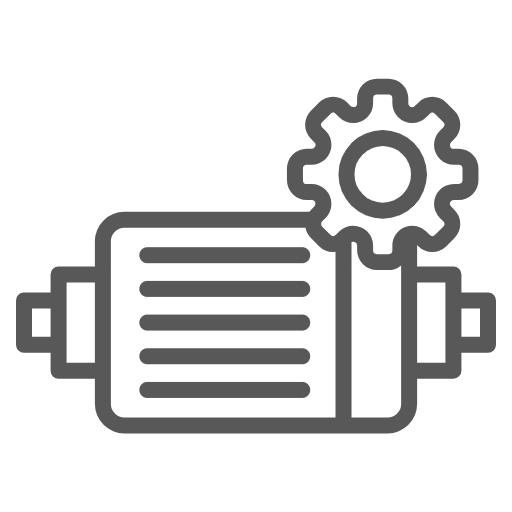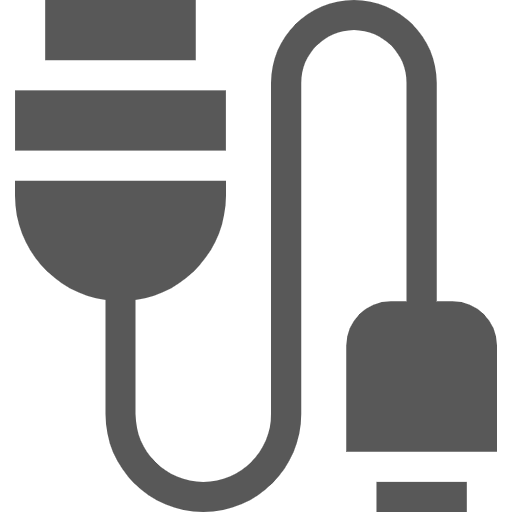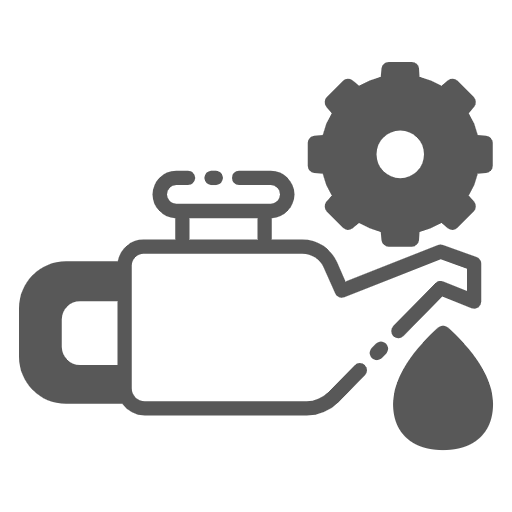Condition-based monitoring (CBM) has emerged as a pivotal strategy in modern maintenance practices, particularly within industrial settings. This approach focuses on assessing the health of machinery and equipment in real-time, allowing maintenance teams to make informed decisions based on actual performance data rather than relying solely on scheduled maintenance or reactive repairs. By leveraging advanced technologies, CBM aims to enhance operational efficiency, reduce downtime, and extend the lifespan of critical assets.
What is Condition-Based Monitoring?
Condition-based monitoring is a proactive maintenance strategy that involves continuously observing the operational parameters of machinery to identify potential failures before they occur. This method utilises various sensors and monitoring technologies to gather data on key performance indicators such as vibration, temperature, and pressure. By analysing this data, maintenance teams can determine the optimal timing for maintenance interventions, thereby preventing unexpected breakdowns and minimising operational disruptions.
Key Components of Condition-Based Monitoring
- Sensors: These devices are installed on machinery to collect data on various parameters. Common types include vibration sensors, temperature probes, and pressure gauges.
- Data Analysis Software: This software processes the data collected by sensors, identifying trends and anomalies that may indicate potential issues.
- Communication Infrastructure: A robust network is essential for transmitting data from sensors to analysis software, enabling real-time monitoring and alerts.
- Maintenance Management Systems: These systems integrate with condition monitoring tools to streamline maintenance scheduling and resource allocation.
The Importance of Condition Monitoring
Condition monitoring plays a crucial role in enhancing the reliability and efficiency of industrial operations. By shifting from reactive to proactive maintenance, organisations can significantly reduce the costs associated with unplanned downtime and extensive repairs.
Benefits of Condition Monitoring
- Reduced Downtime: By identifying potential failures early, maintenance teams can schedule repairs during planned downtime, minimising disruptions to production.
- Cost Savings: Condition monitoring helps avoid the costs associated with emergency repairs and lost production time, leading to substantial savings over time.
- Improved Safety: Regular monitoring of equipment health reduces the risk of catastrophic failures that could endanger workers and lead to costly accidents.
- Extended Asset Lifespan: By maintaining equipment based on its actual condition, organisations can prolong the life of their assets, maximising return on investment.
How Condition Monitoring Works
Condition monitoring relies on a systematic approach to data collection and analysis. The process typically involves several key steps:
- Installation of Sensors: Sensors are strategically placed on critical machinery to monitor various performance metrics continuously.
- Data Collection: These sensors gather data in real-time, providing a comprehensive view of equipment health.
- Data Analysis: Advanced algorithms analyse the collected data, identifying patterns and deviations that may indicate potential issues.
- Alerts and Notifications: When anomalies are detected, maintenance teams receive alerts, allowing them to take timely action.
- Maintenance Scheduling: Based on the insights gained from data analysis, maintenance activities can be scheduled more effectively, focusing on equipment that requires attention.
Types of Condition Monitoring Techniques
There are several techniques employed in condition monitoring, each focusing on different aspects of equipment health. Some of the most common methods include:
Vibration Analysis
Vibration analysis is a widely used technique that detects changes in vibration patterns, which can indicate mechanical issues such as misalignment or imbalance. By analysing vibration data, maintenance teams can pinpoint the source of problems and address them before they escalate.
Temperature Monitoring
Monitoring temperature is essential for identifying overheating components, which can lead to premature failure. Sensors track temperature variations, alerting maintenance personnel to potential issues that require immediate attention.
Oil Analysis
Oil analysis involves examining the condition of lubricants used in machinery. By assessing factors such as viscosity and contamination levels, maintenance teams can determine when oil changes are necessary, preventing damage to engine components.
Ultrasonic Monitoring
Ultrasonic monitoring detects high-frequency sounds that may indicate leaks or mechanical faults. This technique is particularly useful in noisy environments where traditional sound detection methods may fail.
The Role of IIoT in Condition Monitoring
The Industrial Internet of Things (IIoT) has revolutionised condition monitoring by enabling seamless connectivity between sensors, data analysis tools, and maintenance management systems. This integration allows for real-time data collection and analysis, enhancing the effectiveness of condition monitoring strategies.
Advantages of IIoT Integration
- Real-Time Monitoring: IIoT enables continuous monitoring of equipment health, providing instant insights into performance.
- Data-Driven Decision Making: With access to real-time data, maintenance teams can make informed decisions about when and how to perform maintenance tasks.
- Scalability: IIoT solutions can be easily scaled to accommodate additional sensors and equipment, making it suitable for organisations of all sizes.
Implementing a Condition Monitoring Strategy
To successfully implement a condition monitoring strategy, organisations should follow a structured approach:
- Identify Critical Assets: Determine which machines and equipment are essential to operations and prioritise them for monitoring.
- Select Appropriate Technologies: Choose the right sensors and monitoring tools based on the specific needs of the equipment being monitored.
- Establish Data Analysis Protocols: Develop protocols for analysing the data collected, ensuring that maintenance teams can quickly identify and respond to potential issues.
- Train Maintenance Personnel: Provide training for maintenance staff on how to interpret data and respond to alerts effectively.
- Continuously Review and Improve: Regularly assess the effectiveness of the condition monitoring strategy and make adjustments as necessary.
Challenges in Condition Monitoring
While condition monitoring offers numerous benefits, organisations may face challenges during implementation. Some common obstacles include:
Data Overload
With the vast amount of data generated by sensors, maintenance teams may struggle to filter out relevant information. Implementing effective data analysis tools is crucial to overcoming this challenge.
Integration Issues
Integrating condition monitoring systems with existing maintenance management software can be complex. Ensuring compatibility between different technologies is essential for a seamless implementation.
Cost Considerations
The initial investment in condition monitoring technology can be significant. However, organisations should view this as a long-term investment that will yield substantial savings over time.
Future Trends in Condition Monitoring
As technology continues to evolve, several trends are shaping the future of condition monitoring:
Artificial Intelligence and Machine Learning
The integration of AI and machine learning algorithms into condition monitoring systems will enhance data analysis capabilities, allowing for more accurate predictions of equipment failures.
Enhanced Sensor Technology
Advancements in sensor technology will lead to more accurate and reliable data collection, improving the overall effectiveness of condition monitoring strategies.
Increased Focus on Sustainability
As organisations prioritise sustainability, condition monitoring will play a vital role in optimising energy consumption and reducing waste in industrial processes.
Conclusion
Condition-based monitoring is a transformative approach to maintenance that empowers organisations to proactively manage their assets. By leveraging advanced technologies and real-time data analysis, businesses can enhance operational efficiency, reduce costs, and improve safety. As the industry continues to evolve, embracing condition monitoring will be essential for organisations seeking to thrive in an increasingly competitive landscape.
By implementing a robust condition monitoring strategy, organisations can not only safeguard their investments but also position themselves for long-term success in the ever-changing industrial environment.










